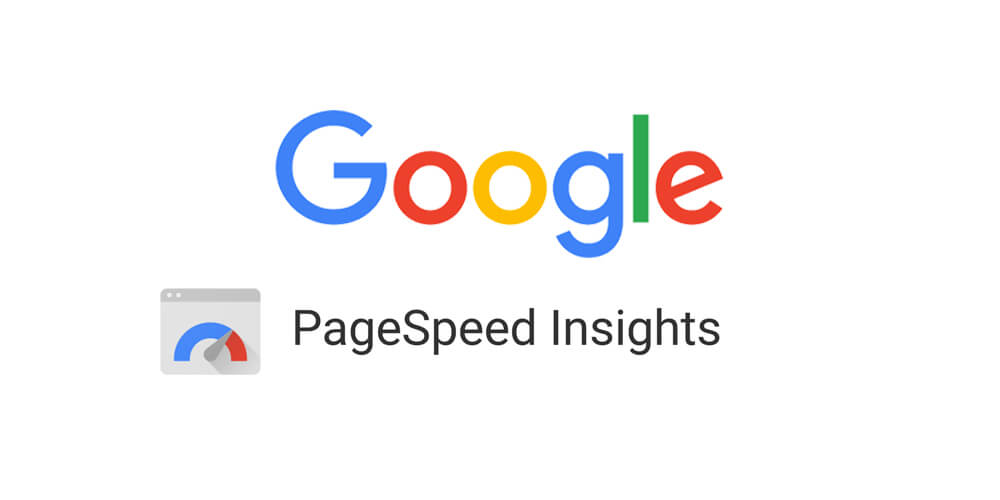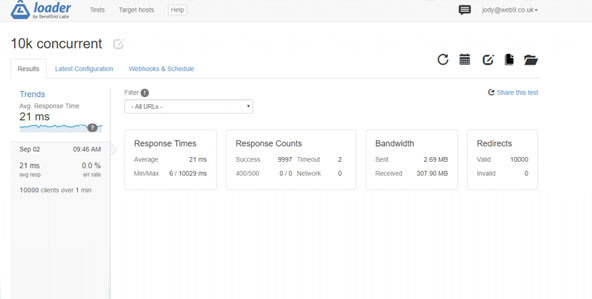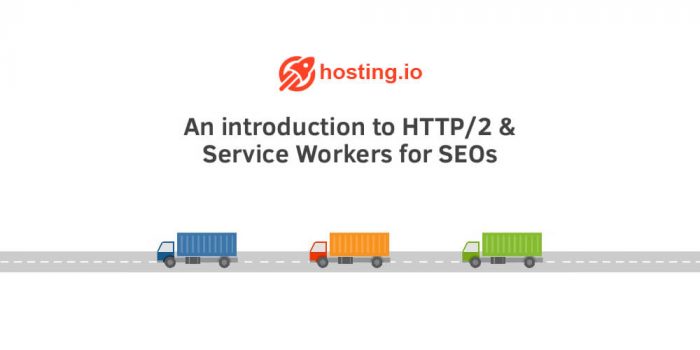PageSpeed Insight Tests evaluate things that can slow down a website’s speed and make sure that everything is running as quickly as possible. However, on a large website, there are lots of other factors at work that can have an impact on the results of these tests and are important to consider. It all depends on the design and use of the website and sometimes this isn’t easy to fix.
In tests that focus on reducing bandwidth use, they suggest optimising images to minimise the amount of time they take to load. However, unless the images are huge this is probably not going to have much of an impact. Images, in general, are quite small files so as long as you don’t overload a website with them, it’s unlikely they’ll be the thing slowing everything down. Likewise, you’re told to enable compression which is easy enough to do but might not make things noticeably faster. Unless you have huge JavaScript files, don’t expect to see the difference.
Bandwidth may also be affected the HTML so these tests tell you to minify it. This is simple enough if you have unnecessary code or overly complex stuff going on, however, it takes up very little space. Minifying the CSS is exactly the same. While it’s worth working on CSS and JavaScript, they aren’t going to be the biggest factors at work. Instead, try consolidating the JavaScript into one file to reduce the number of requests being sent.
Other tests, focussing on reducing latency, suggest you leverage browser caching. This is a good idea because lots of files can benefit from being saved this way, however, you’d have to host them yourself. You’re also told to reduce server response time and avoid landing page redirects, which makes more sense. The less time wasted, the quicker a page will load. Prioritising visible content is also significant as it will keep a user on your page whilst everything else loads.
Not all of the changes are easy to make, however. Whilst eliminating render-blocking JavaScript and CSS in above-the-fold content is important, it’s difficult to do and won’t necessarily help you to reach your goal.
Therefore, it’s important to consider everything but also how small an impact everything has. It’s only when lots of factors are added together that a significant change can be made. As a result, it’s most productive to think about the things you can control, like caching content, reducing the amount you’re loading from third-party domains and using CDNs so you can pass the minimum requirements for PageSpeed Insight Tests.
To start improving your site, use Chome DevTools to figure out exactly what is causing your web pages to slow down when they load. Open the page in chrome and see what requests seem to take the longest as this will help you to narrow down the root of the problem. This is likely to be the bigger files with multimedia such as advertising.
Then, once you know what is influencing the speed, set a goal. It doesn’t have to be to achieve a perfect PageSpeed Insight score. You just need to be better than it currently is. Try reducing the bandwidth to meet your goal and then move onto latency checks and maybe try a CDN. Ask yourself what really needs to be loaded and go from there. Prioritising is key in meeting your target and remember, do not spend too much energy and focus on the scores, they don’t mean that much in the real world, speed is what actually counts.




